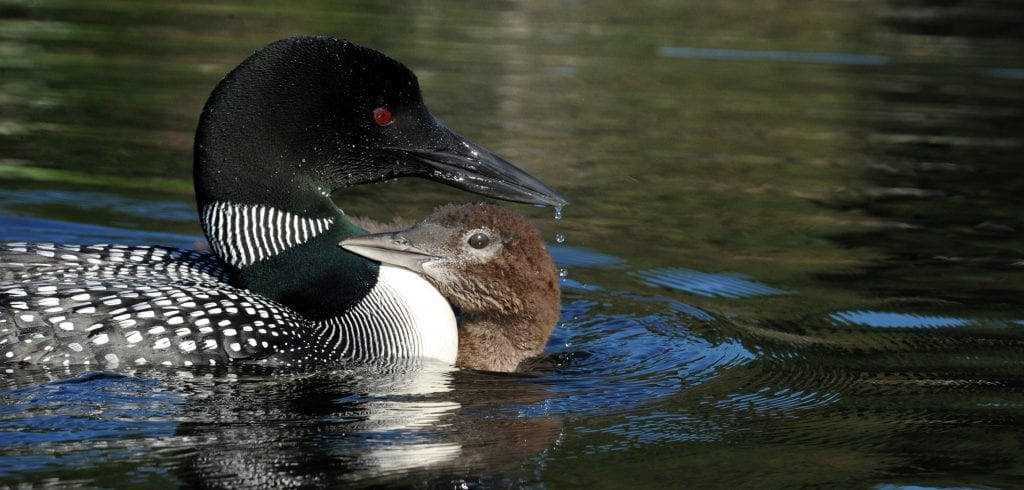
Today the National Audubon Society released a new report, Survival By Degrees: 389 Species on the Brink, which gives detailed projections for how climate change will impact the ranges of hundreds of bird species.
The report contains state-by-state breakdowns of these projections, and the Maine brief forecasts an alarming future for Maine’s birds. Read the full report here, and the Maine state report here.
Birds that breed in Maine’s boreal forests–northern Maine forests with cold-loving trees like spruces and firs–are projected to be hit the hardest. Maine has more boreal habitat than any other state on the East Coast, and these woods are home to specialty species like Boreal Chickadee, Spruce Grouse, Canada Jay, Evening Grosbeak, and others. The National Audubon report projects that each of these species may be “potentially extirpated” from the state under a 3°C warming scenario. In all, National Audubon’s report projects that nearly 40 boreal-breeding species will be potentially lost forever from Maine under this scenario.

Other species at risk include the Common Loon, Red-breasted Nuthatch, Hermit Thrush, Ovenbird, and Black-throated Blue Warbler, all of which are expected to be pushed completely out of the state under a 3°C warming scenario.
Why will this happen? National Audubon projects Maine’s climate to be substantially altered. “Without substantial climate change mitigation,” the report reads, “average temperatures during the warmest month are expected to increase approximately 5.9°C (11°F), and average temperatures during the coldest month are expected to increase approximately 6.8°C (12°F) from 2010 to the end of the century.” While precipitation is expected to increase by 4 inches per year by the end of the century, National Audubon claims that “available moisture is expected to decrease by 60% across the state due to increases in evapotranspiration.”
These changes in temperature and precipitation will significantly alter Maine’s ecosystems, hydrologic cycles, and habitats, and are predicted to have major impacts on Maine’s birdlife. Of the 187 Maine species National Audubon studied for this report, 106 are considered “climate vulnerable” in a 3° C warming scenario, meaning their ranges in Maine will shrink. Under a 1.5°C scenario the number of “climate vulnerable” species drops to 62.

There’s still time to act. The science is clear that if we reduce our carbon emissions to 45% below 2010 levels by 2030 and reach net-zero carbon emissions by 2050 we can still achieve a 1.5°C warming scenario, meaning far fewer bird species will be negatively impacted. But to do that, we’ll need to fully embrace renewable energy and conserve and steward our forests to capture carbon and provide the high value breeding habitat these birds need.
Maine Audubon is already working hard to achieve these goals. We are making exciting progress with the Mills Administration to encourage properly-sited solar and wind development across the state, with a goal of achieving 80% renewable energy in the state by 2030. We are also protecting and improving habitat across Maine in a number of ways, including through our Forestry for Maine Birds program, our Bringing Nature Home initiative, and our support for Land for Maine’s Future. We hope you’ll join us in our efforts to save the places we love and the birds, other wildlife, and people who live here.
